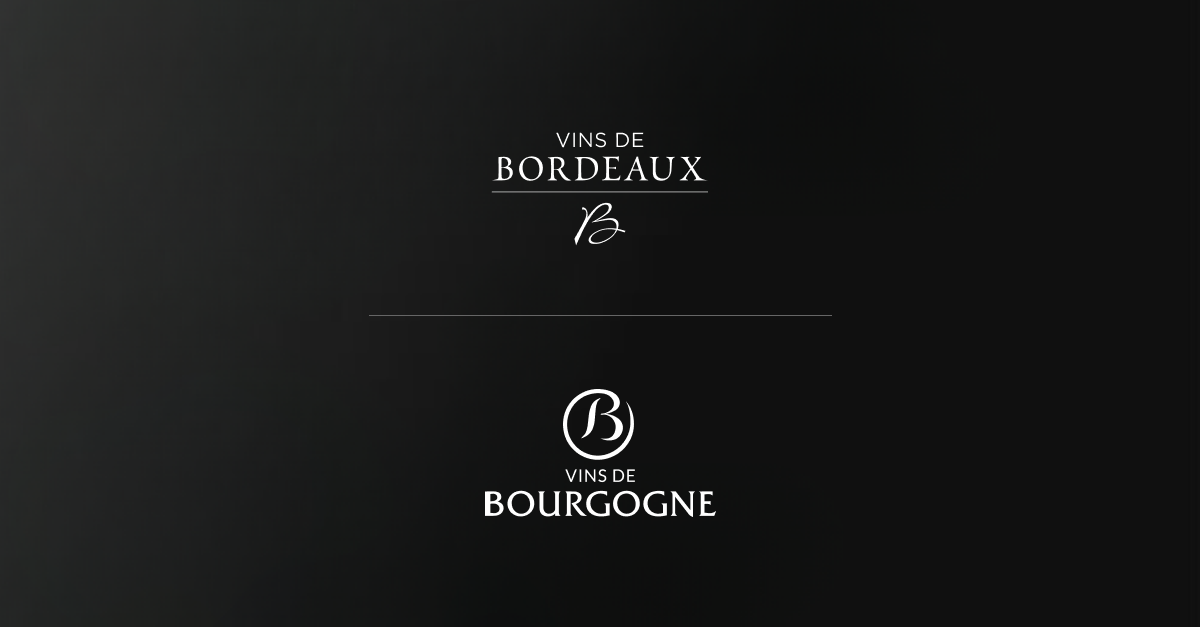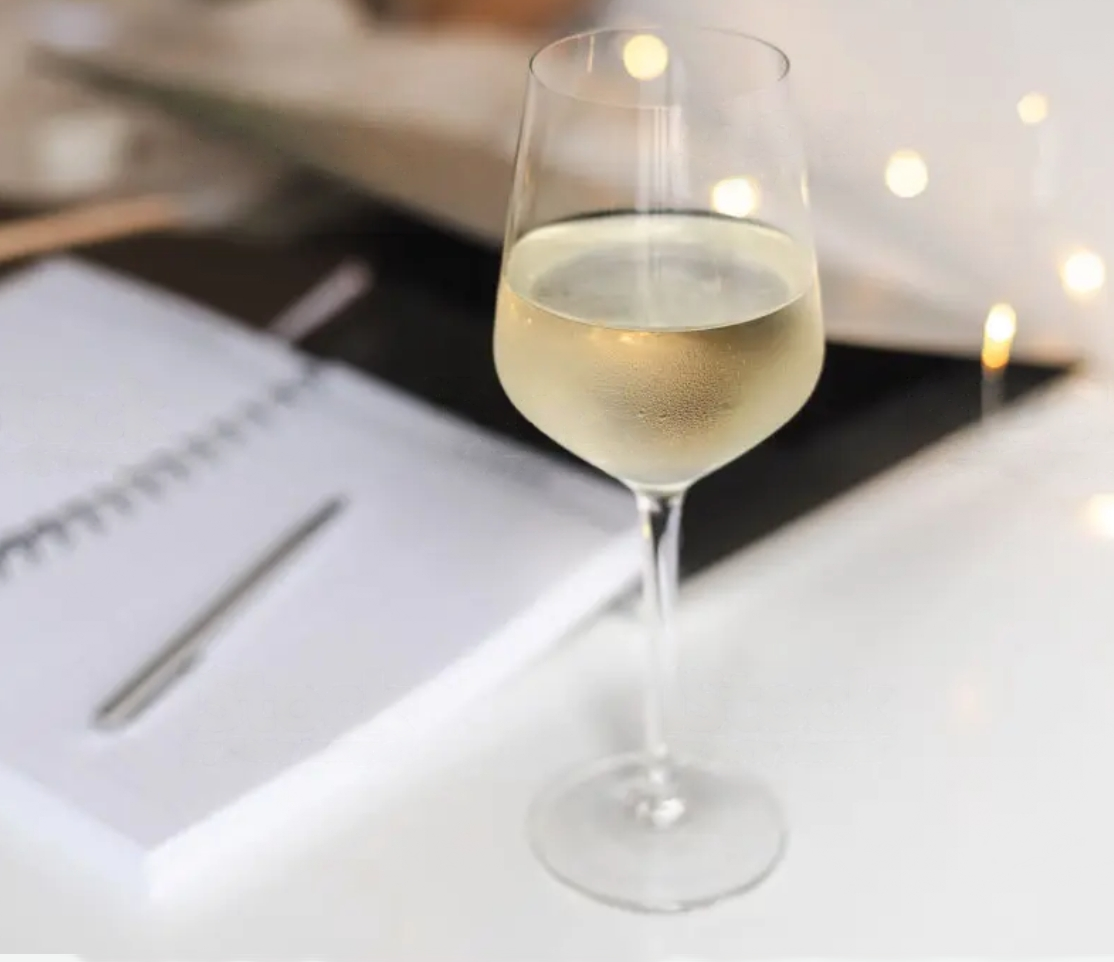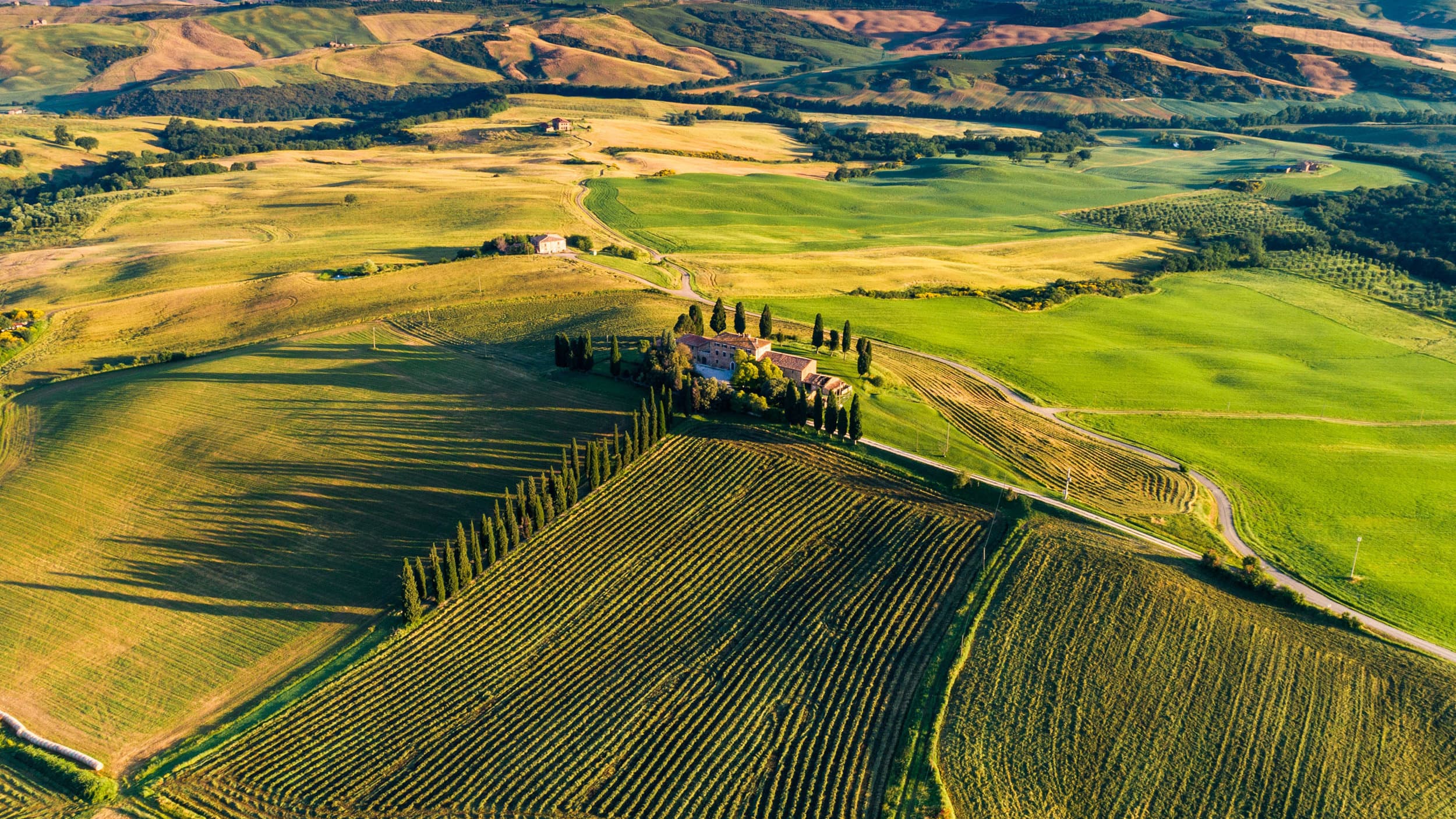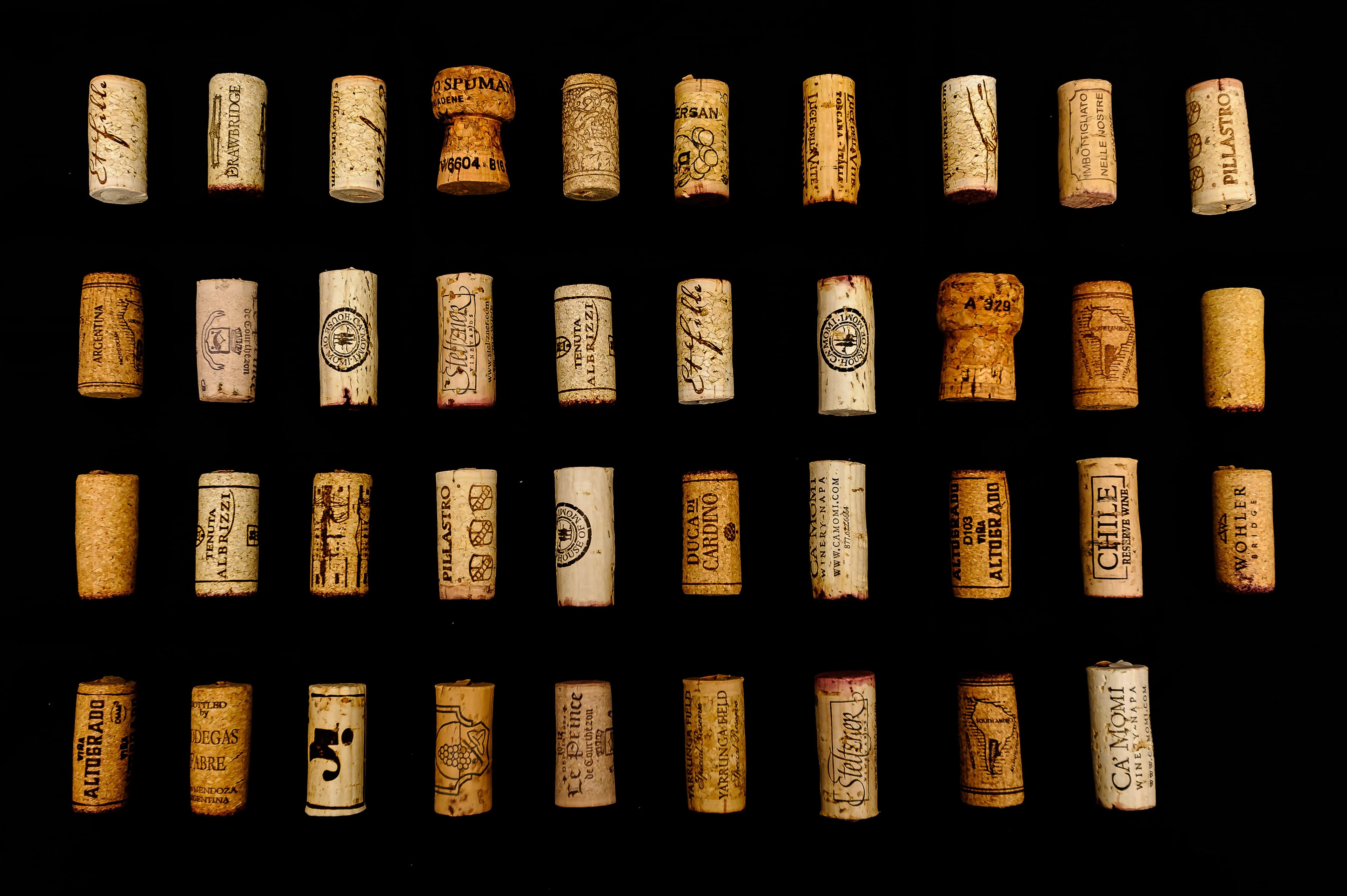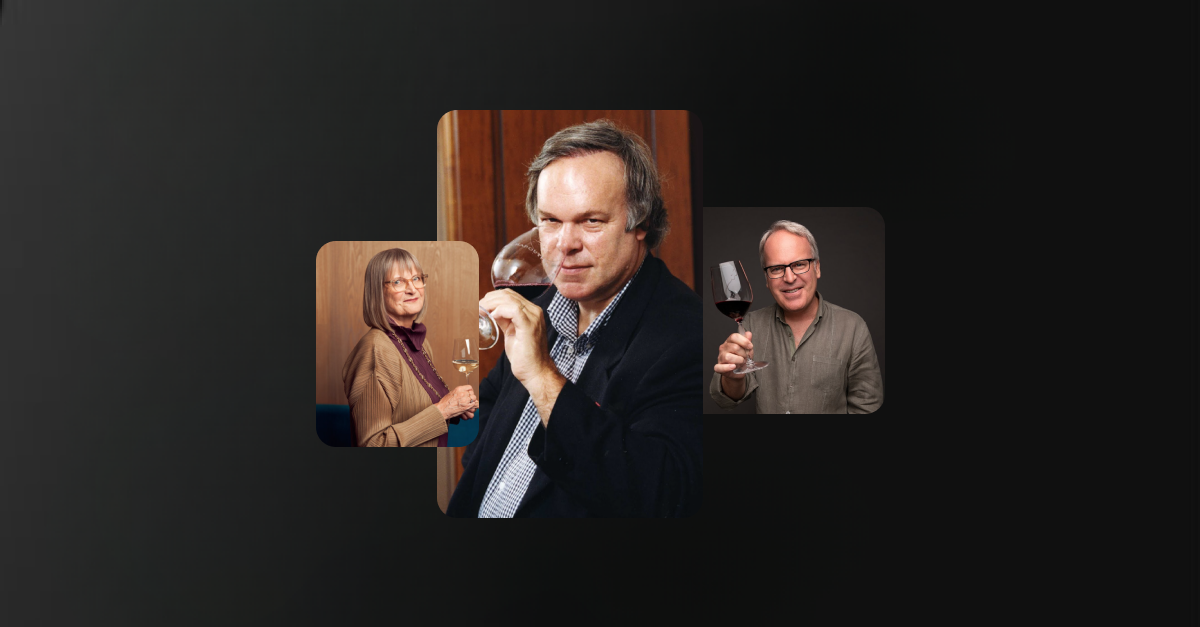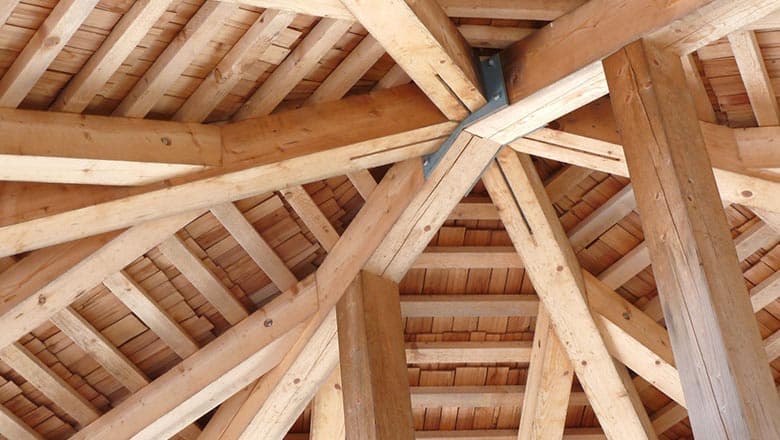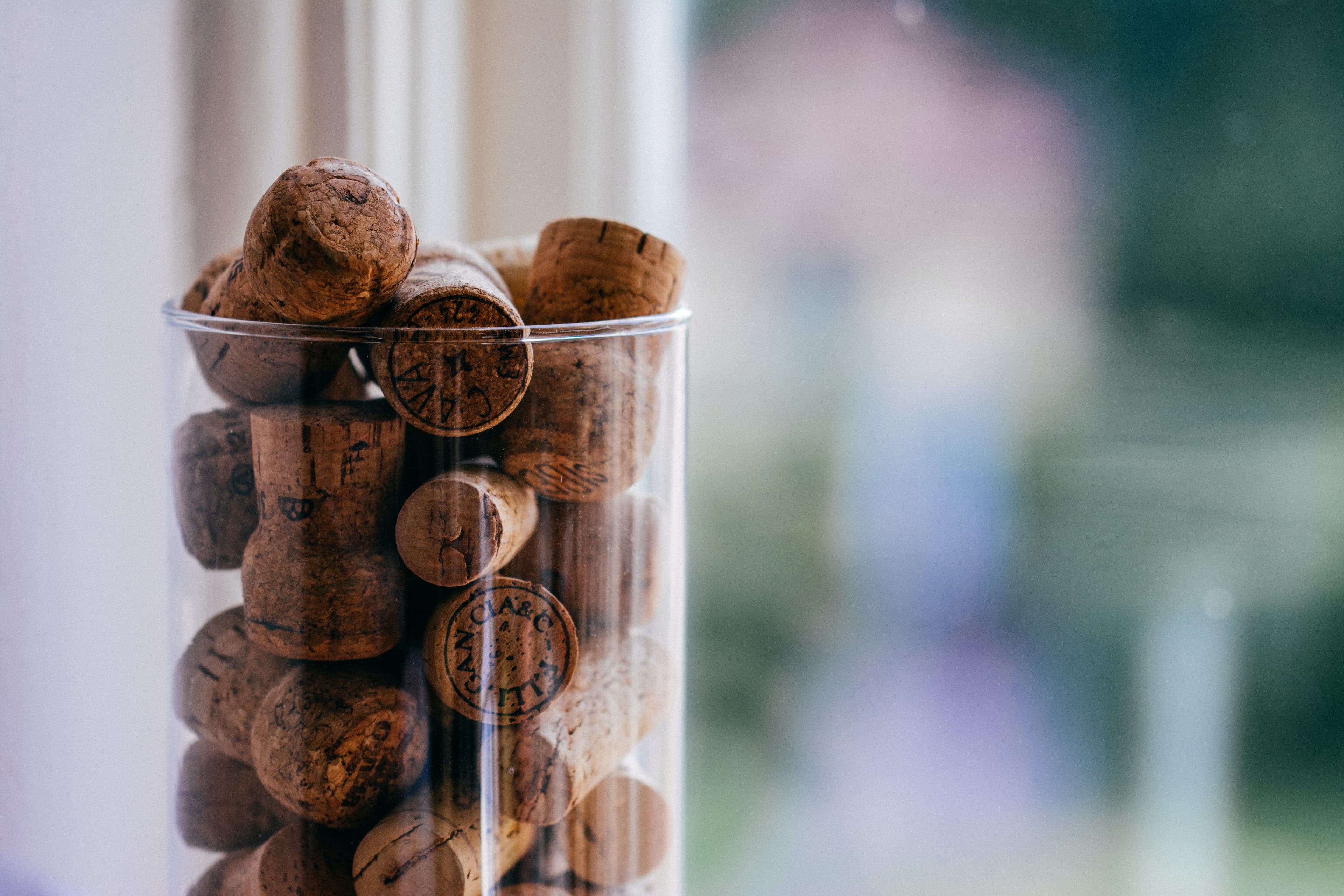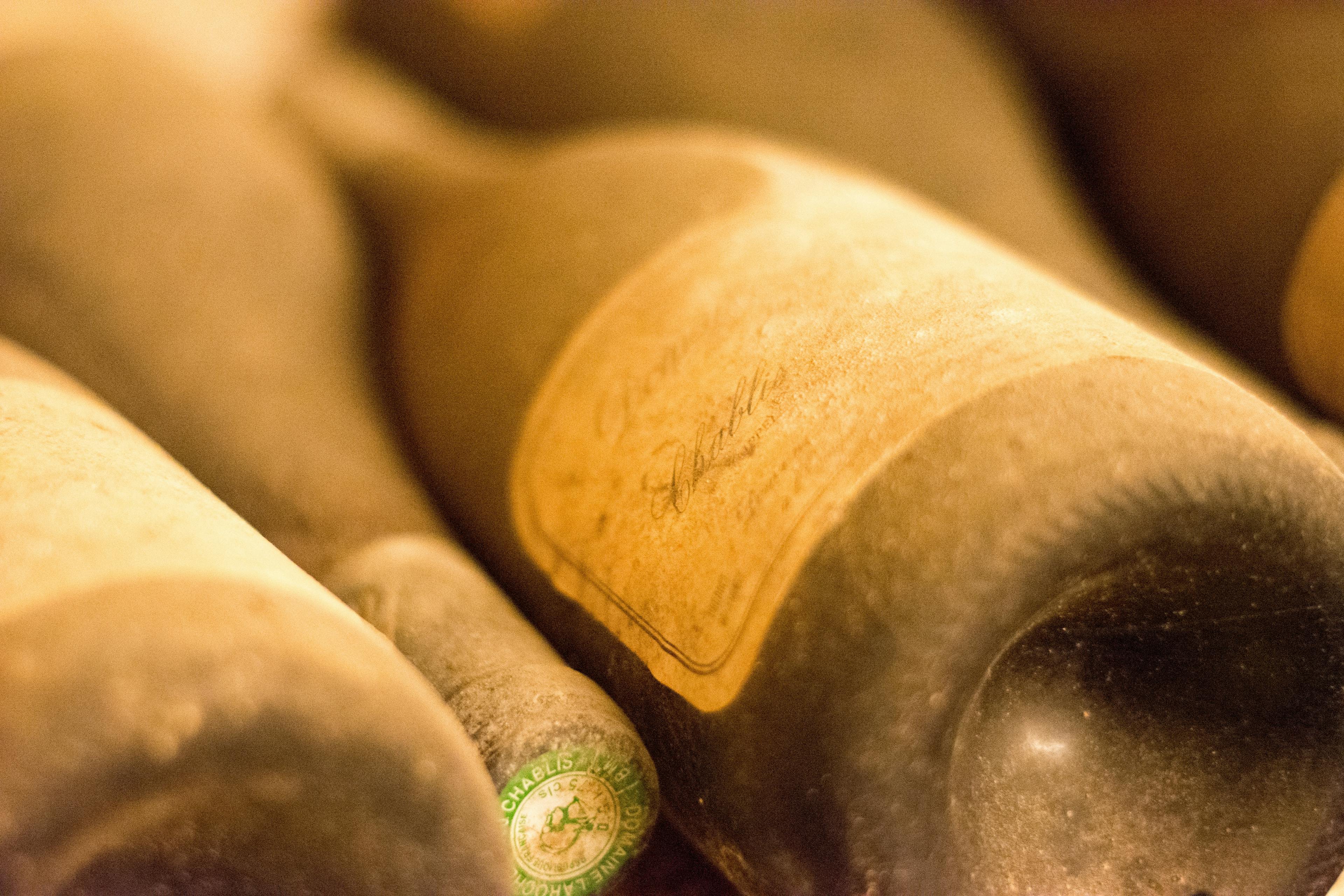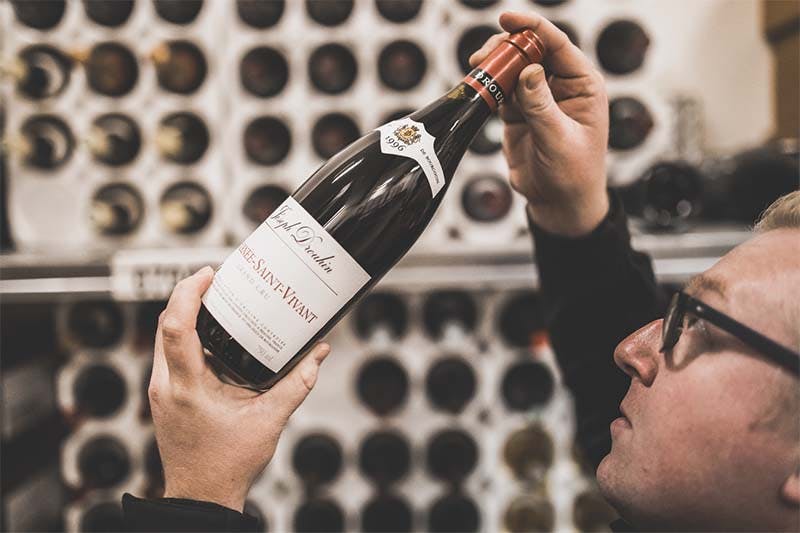
Serving a prestigious wine like Château Cheval Blanc requires knowledge and finesse to fully appreciate its complex flavors and rich history. Originating from one of the most esteemed vineyards in Saint-Émilion, France, this wine is a symbol of luxury and refinement. Understanding the proper serving temperature, the right decanting techniques, and the best glassware to use can significantly enhance your tasting experience. This guide will walk you through the essential steps to serve Château Cheval Blanc correctly, ensuring that each sip reflects the wine's exquisite qualities and heritage.
Choosing the Right Glassware for Château Cheval Blanc
Selecting the appropriate glassware for Château Cheval Blanc can significantly enhance your tasting experience. This prestigious wine, known for its rich history, deserves to be served in a manner that fully showcases its complex aromas and flavors. Here are some tips to help you choose the right glass:
Opt for a Large Bordeaux Glass: Château Cheval Blanc, a premier Bordeaux blend, thrives in a large Bordeaux glass. This type of glass has a broad bowl that tapers slightly at the top, allowing the wine’s potent bouquet to accumulate and intensify, offering a better sniffing experience.
Consider the Age of the Wine: For older vintages, which are more delicate, a glass with a slightly narrower opening is preferable. It helps concentrate the aromas more tightly, allowing the subtler notes to emerge more distinctly.
Quality Matters: Invest in high-quality crystal glasses. These not only enhance the wine's presentation but also have a smoother surface, which helps in better aerating the wine and releasing its nuanced scents.
By focusing on these aspects, you ensure that every sip of Château Cheval Blanc is as rewarding as the esteemed winemakers intended.
Ideal Serving Temperature for Château Cheval Blanc
Serving Château Cheval Blanc at the correct temperature is crucial to fully appreciate its complex flavors and aromas. For red wines like Cheval Blanc, the ideal range is typically between 16°C to 18°C (60°F to 64°F). This slightly cooler temperature helps to highlight the wine's delicate balance between acidity and tannins, enhancing its overall structure and bouquet.
Pre-chill the bottle: About 30 minutes before serving, place the bottle in a refrigerator. This brief period helps achieve the perfect serving temperature without making the wine too cold.
Use a wine thermometer: To ensure precision, a wine thermometer can be invaluable. It removes guesswork and guarantees that the wine is served at its optimal temperature.
Consider the serving environment: If you are dining in a warmer room, aim for the lower end of the temperature range. Conversely, a cooler setting might require a slightly higher temperature to maintain the ideal warmth once poured.
Understanding these guidelines will enhance your experience with popular vintages of Château Cheval Blanc, allowing each sip to express the rich history and craftsmanship embodied in the wine.
Decanting Château Cheval Blanc: Is it Necessary?
Decanting Château Cheval Blanc, a prestigious red wine, often sparks debate among wine enthusiasts. The necessity of this process primarily hinges on the vintage's age. Younger vintages, with their robust tannins and higher acidity, benefit significantly from decanting, which softens their intensity and enhances the aroma. Conversely, older vintages might be decanted to remove sediment, although excessive exposure to air could diminish their delicate flavors.
When serving Château Cheval Blanc, considering the appropriate food pairings enhances the overall dining experience. Ideal matches include:
Grilled red meats, which complement the wine’s rich, fruity notes.
Earthy vegetables like mushrooms, offering a grounding contrast.
Rich, creamy cheeses that balance the wine's structured tannins.
Dark chocolate, for a luxurious and indulgent pairing.
Each pairing is chosen to highlight different nuances of the wine, ensuring that every sip is as memorable as the last. Thus, whether or not to decant can depend on both the wine's maturity and the chosen accompaniments.
The Role of Aeration in Enhancing Flavor
Aeration plays a crucial role in enhancing the taste of Château Cheval Blanc, a prestigious wine known for its complexity and depth. When wine is exposed to air, it undergoes oxidation and evaporation, processes that can significantly alter its flavor profile. This exposure helps soften the tannins and releases aromas that are otherwise muted straight from the bottle.
Decanting: Pouring the wine into a decanter allows it to breathe more effectively. This method is particularly beneficial for older vintages of Château Cheval Blanc, which might have developed sediment over time. Decanting ensures that these sediments are separated, and the wine is clear and ready for serving.
Timing: The duration of aeration depends on the age and character of the wine. Younger bottles may benefit from longer exposure, sometimes up to a few hours, to fully open up. In contrast, older vintages might need just a short period to awaken their delicate flavors without risking overexposure, which could lead to flavor degradation.
By understanding and applying these aeration techniques, enthusiasts and sommeliers alike can significantly enhance their experience with Château Cheval Blanc, ensuring that each sip delivers the richness and nuance intended by its makers.
Serving Tips: Portion Sizes and Pouring Techniques
When serving Château Cheval Blanc, understanding the appropriate portion sizes and pouring techniques can significantly enhance the tasting experience. Typically, a standard wine pour is about 5 ounces. However, for an esteemed wine like Château Cheval Blanc, slightly smaller pours around 4 ounces are recommended. This allows guests to savor the wine's complex characteristics without overwhelming the palate.
Temperature Matters: Serve at 16-18°C to best appreciate its aroma and flavor profile.
Decanting: Decant this wine for at least one hour before serving to oxygenate it and soften tannins.
Glassware: Use large, bulbous glasses that taper slightly at the top to concentrate the aromatics.
Sequential Pouring: Pour in two stages, allowing the wine to breathe in the glass between pours.
Observation: Encourage guests to note the color and viscosity before tasting, enhancing their appreciation of its quality.
By adhering to these guidelines, the serving process respects the wine’s prestigious heritage and optimizes the drinking experience.
How Long to Let Château Cheval Blanc Breathe
Decanting Château Cheval Blanc is a crucial step to fully enjoy its bouquet and complexity. The duration for which this prestigious wine should breathe depends largely on its vintage. Older vintages, with their delicate structures, might require less time compared to the robust, younger ones. Typically, a period of 30 to 60 minutes is recommended for most vintages to open up adequately. During this time, the wine interacts with oxygen, which helps in softening the tannins and releasing aromas that are otherwise muted.
To ensure optimal enjoyment, it's essential to handle the wine correctly before decanting:
Temperature: Serve at 16-18°C to best appreciate its flavors.
Glassware: Use large, bulbous glasses to enhance aromatic diffusion.
Pouring: Slowly decant to avoid disturbing the sediment, which is common in aged wines.
For more detailed guidance on how to store Château Cheval Blanc safely and maintain its quality, consider specific storage conditions like humidity, light, and vibration control. Proper storage will not only preserve but can also enhance the wine's development over time.
Using a Wine Thermometer for Precision
Using a wine thermometer ensures that Château Cheval Blanc is served at the ideal temperature, enhancing its flavors and aromas. This precision tool is crucial for respecting the craftsmanship that goes into creating such a prestigious wine. Typically, red wines like Château Cheval Blanc should be served between 16°C to 18°C. Even a small deviation from this range can alter the wine's profile, affecting its balance and overall enjoyment.
Check the Current Temperature: Before opening the bottle, use the wine thermometer to check the wine’s current temperature.
Adjust if Necessary: If the wine is too warm, place it in a cooler environment or a wine fridge. Conversely, if it’s too cold, allow it to sit at room temperature to gently warm up.
Serve and Test: After reaching the desired temperature, pour a small amount into a glass to ensure it has warmed up or cooled down appropriately. This step confirms that the wine is ready for serving.
The Impact of Serving Order on Wine Tasting
When hosting a wine tasting event, the sequence in which wines are served can significantly influence the guests' perception and enjoyment. This is particularly true when featuring prestigious vintages such as Château Cheval Blanc. Understanding the proper serving order ensures that each wine's unique characteristics are appreciated to the fullest.
Start with Lighter Wines: Begin the tasting with lighter, less complex wines. This approach prevents the palate from being overwhelmed early on, allowing tasters to appreciate the subtleties of more delicate flavors before moving on to richer, more robust varieties.
Progress to Reds: After initial whites, transition to red wines. Starting with lighter reds and gradually moving to full-bodied options helps in layering the taste experience. Château Cheval Blanc, with its rich profile, should be positioned later in the sequence where its depth and complexity can be fully savored.
Consider the Vintage: Older vintages should generally be served after younger ones. Their mature characteristics are better appreciated when the palate is already primed with the vibrancy of newer wines.
For more detailed facts on Château Cheval Blanc and tips on how to enhance your wine tasting, consider exploring further resources that delve into the nuances of wine presentation and preservation.
Accessories That Enhance the Serving Experience
When serving a prestigious wine like Château Cheval Blanc, the right accessories can significantly enhance the experience. Selecting the appropriate tools not only improves the flavor and aroma of the wine but also adds a touch of elegance to the occasion. Here are some essential accessories to consider:
Proper Glassware: Opt for high-quality crystal wine glasses that are specifically designed for Bordeaux wines. The shape of the glass can greatly influence the bouquet and palate of the wine, making each sip more enjoyable.
Decanter: A decanter is crucial for aerating the wine, allowing it to breathe and fully develop its complex flavors. Choose a decanter with a wide base to maximize the surface area exposed to air.
Wine Thermometer: Serving wine at the right temperature is key to enjoying its full range of flavors. A wine thermometer ensures that Château Cheval Blanc is served at the optimal temperature, typically between 16-18°C (60-64°F).
Corkscrew: Invest in a high-quality corkscrew to ensure a smooth opening of the wine bottle without damaging the cork, which could potentially affect the wine’s taste.
These accessories, when used correctly, can significantly elevate the overall experience of serving and savoring Château Cheval Blanc.
Common Mistakes to Avoid When Serving Château Cheval Blanc
When serving Château Cheval Blanc, a prestigious red wine from Bordeaux, France, there are several common pitfalls that can detract from its enjoyment. Here are key mistakes to avoid:
Serving at the Wrong Temperature: Château Cheval Blanc should be served at approximately 16-18°C (60-65°F). Serving it too warm can make the alcohol overpowering, while too cold can mute its complex flavors.
Improper Decanting: This wine benefits greatly from decanting to allow it to breathe, but excessive exposure to air can lead to oxidation, which diminishes its quality. Typically, decanting for about two hours is sufficient.
Using the Wrong Glass: Opt for a large, Bordeaux-style glass. A smaller or inappropriate glass can restrict the development of the wine's bouquet.
Ignoring Vintage Variation: Different vintages of Château Cheval Blanc can vary significantly. It's important to understand the characteristics of the specific year you are serving to adjust decanting time and serving temperature accordingly.
Neglecting the Cork: Always inspect the cork. If it's dry or crumbly, this might indicate improper storage, potentially affecting the wine's taste and longevity.
Conclusion
In conclusion, serving Château Cheval Blanc at its best requires attention to detail, from selecting the right glassware to ensuring the wine is at the perfect temperature. The process of decanting, while seemingly simple, plays a crucial role in enhancing the wine's aromas and flavors, making the experience truly memorable. As you embrace these serving suggestions, remember that the ultimate goal is to honor the rich heritage and exquisite craftsmanship behind each bottle of Château Cheval Blanc.
At Rekolt, we understand the importance of preserving the integrity and quality of such prestigious wines. Our professional cellar storage option ensures that your investment remains in optimal condition, ready for serving at its finest or for future resale and trading. By choosing Rekolt, you not only ensure that your wine is stored under ideal conditions but also benefit from a seamless process when it comes to selling or expanding your collection. Whether you are a seasoned collector or new to the world of fine wines, Rekolt provides the expertise and services to enhance your experience with every bottle.
Share this article
